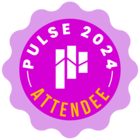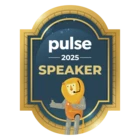We have weird situation in our community. We have new member. Member have posted to several years old topic, gave good instructions to problem.
Post is created using chat-GPT or any other AI tools, it can be seen easily. It isnt fluent Finnish.
This is weird because post itself is ok and as said, instructions are ok. There is no any hidden agendas, there is no link to the scam pages etc.
I have problem now because I dont know what to do with the post, and the member. Is this just a test, is it possible to register and possible to post. Second post will be scam?
Generally speaking - should we automatically delete posts what are generated by AI? If there is no other reasons, let´s not to forget SEO and algorithms - we dont want to have content what is not user generated.


